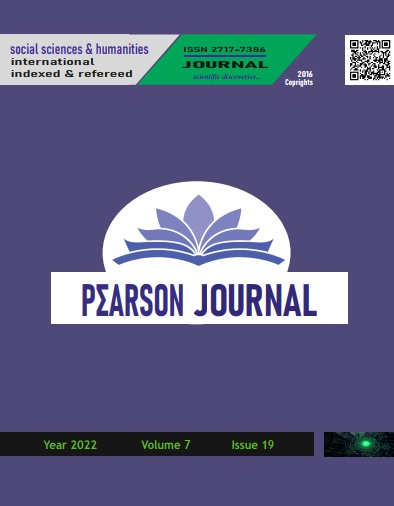MUSEUMS IN THE POST-DIGITAL AGE: CREATIVE EXPERIENCE DESIGN AND CRITICAL PERSPECTIVE
DOI:
https://doi.org/10.46872/pj.545Keywords:
Post-Digital Age, Creative Experience Design, Heterotopic, Homotopic, Hyperreality, Anachronic, SubjectivityAbstract
While technological developments and innovations in museums are reflected in the forms of exhibition and presentation, the post-digital age evolved into a more human-oriented design experience in the periods. The purpose of this article; The aim of this study is to evaluate the use of technology towards experience designs in the Post-Digital Age, the methods of use of technologies, the contributions they provide, and the problems that arise in the methods of use of these technologies. As a research method, a literature review was made, the use of technology and design in museums was researched, the data obtained were reinterpreted with the descriptive method and findings were reached. According to the findings obtained, It has been seen that experience designs have increased in museums, and this has been effective in entertainment, curiosity and learning. It has been observed that the audience, which uses VR technologies and witnesses history, becomes free in the process of subjectivation. While virtual reality technologies enable us to witness history with an interesting and exciting experience, it has been seen that there may be problems in its editing. These; The dominance of today’s value judgments, the transformation of virtual reality into hyperreality or anachronism, the new reality of homotopic spaces in the re-editing of heterotopic spaces, the uncertainty about which story should be written and how from whose perspective, and virtual heritage inflation.




